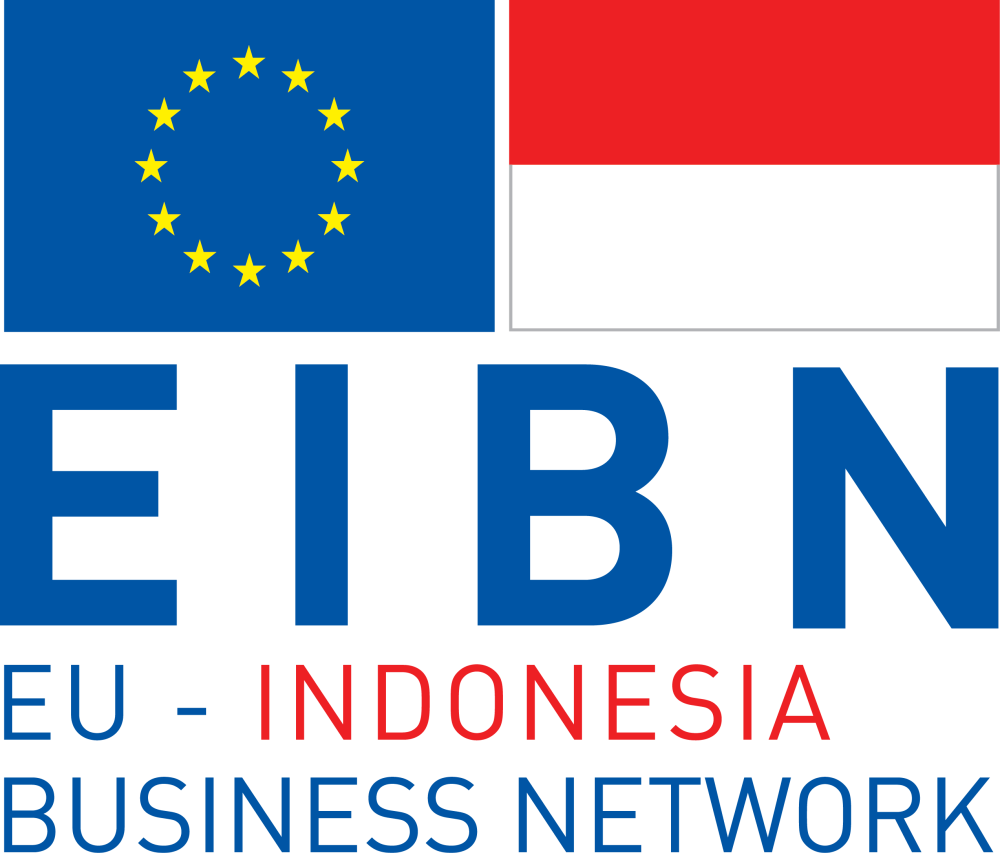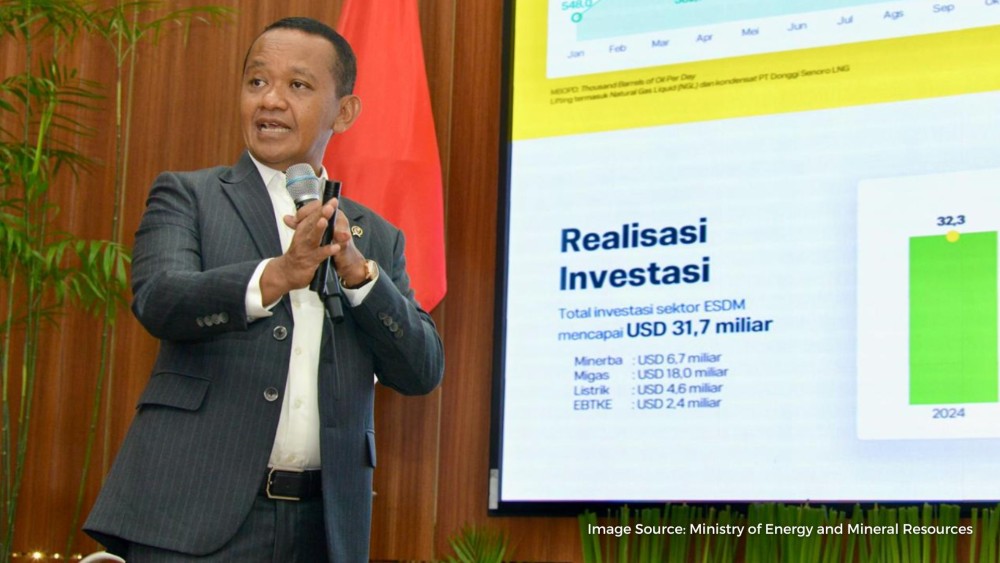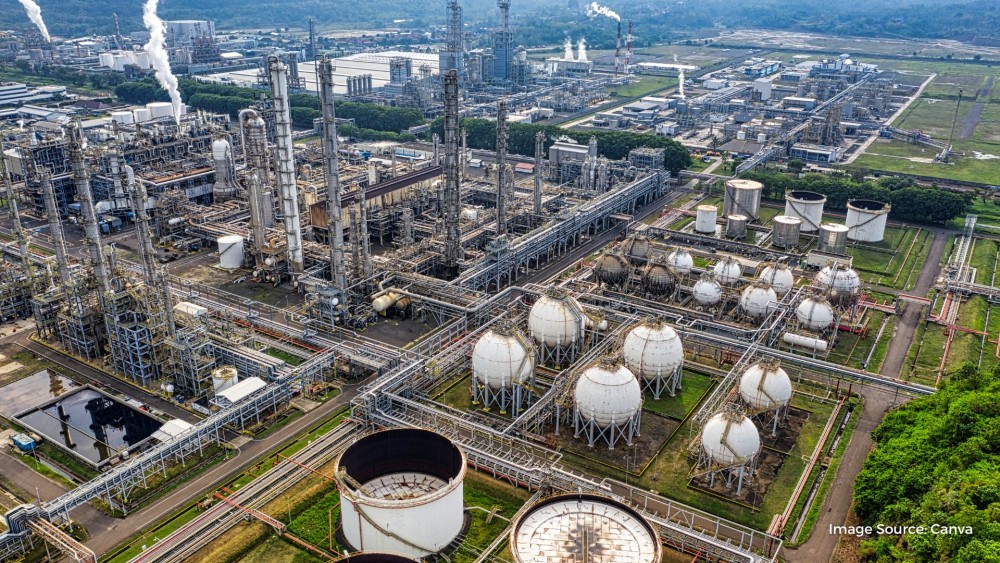The Indonesian logistic and transportation sector is a complex but highly potential business sector. Despite the country’s lack of infrastructure relative to its size and its notorious reputation for bureaucratic hurdles, Indonesia’s logistic and transportation sector has been growing in the double digits over the past few years - at around 10% annually according to the Indonesian logistics and forwarder association. The sector owes this growth to the country’s young, productive and vibrant demographic. By the end of 2021, the number of working-age Indonesian will make up over 70% of its population of over 270 million. Little wonder that the economist, in 2015, projected that Indonesia will become the world’s fourth largest economy by 2050.
As the world’s fourth largest country in terms of population, the domestic demand for goods and services will continue to accelerate at a fast pace. Various international firms and associations expect the sector to continue growing at between 10-12% by the 2020-2025 forecast period. The COVID-19 pandemic had put a dent on that growth in 2020, but a trend of recovery can already be seen concurrent to the trend of an economic recovery in the national scale – the logistics sector recorded a contraction of 13.42% at the fourth quarter of 2020 from a contraction of 30.8% in the second quarter of 2020, which follows the national economic recovery trend of -5.32% in the second quarter of 2020 to -2.19% in the fourth quarter of 2020.
During that COVID-19 pandemic period, maritime transport contracted the least compared to other mode of transports at 4.57%, followed by land transport (5.34%), river, lake and crossings transport (13%), railway transport (42.34%), and air transport (53.01%). This situation somewhat reflects the larger situation of the logistic and transportation as a whole. In 2020, sea transport contributes the least to the nation’s GDP - 8.7% in 2020 - while land transport contributed the highest - 68.3% - in that same period. Historically, land transport, particularly trucking in terms of logistical operations, has had the lion’s share of the logistics market.
Taking into account Indonesia’s demographic, as well as the economic recovery and vaccination efforts that the country has taken most recently in response to the COVID-19 pandemic, the Indonesian logistics and transportation sector should recover at a relatively fast pace. One indicator is the demand for the delivery of goods purchased online. According to Google and Temasek, during the pandemic, the number of Indonesian consumers buying goods online rose by a staggering 40% in 2020 compared to the previous year, while the number of online shops visited by consumers increased by 30%. Moreover, 56% of these additional buyers hail from non-metro areas. That same report from Google and Temasek forecast Indonesia’s digital economy to be worth $125 billion by 2025.
For logistics companies, Indonesia poses a challenging yet highly potential business opportunity. As a rapidly growing marketplace wherein strong support from the government is mandated, Indonesia is a strategic target for investment and innovative solutions that could improve the country’s logistics burden.
As an archipelagic state that comprises of more than 17,000 islands, and home to the world’s fourth largest population, the need to have a strong and equitable infrastructure to deliver goods and services to the country’s over-270 million people is a massive yet critical undertaking. In its effort to deliver said infrastructure, Indonesia was set back years by the 1997 Asian Financial Crisis, during which the country lost 13.5% of its GDP.
Today, the country is still very much in need of that infrastructure. Since recovering from the Asian Financial Crisis, Indonesia has maintained a relatively stable growth rate of 5% over the past few years while keeping a significantly low inflation rate of below 3%. On the other hand, Indonesia’s logistic costs accounts for over 24% of its GDP as of 2018, and is an acute bottleneck to further economic growth. This high-cost stems from both the aforementioned lack of infrastructure and convoluted bureaucracy - over 18 institutions are involved in the processing of goods from upstream to downstream, according to the Indonesian Ministry of Finance.
The Indonesian government is aware of the problem and has taken significant steps in improving the situation. Since taking office in 2014, President Joko Widodo has initiated a massive infrastructure drive, pouring as much as $450 billion into essential infrastructure upgrades. This has resulted in over 3,382km of new highway roads and 782km of new toll roads, 19 new seaports, and 10 new airports, among other infrastructural improvements. The infrastructure drive that Mr. Widodo initiated in his first term has to an extent improved Indonesia’s logistic condition. Indonesia’s ranking on the World Bank’s Logistics Performance Index (LPI) in 2018 rose 17 places to 46th out of the 160 countries surveyed.
However, this uplift has since stagnated. The most recent World Bank assessment on Indonesia’s logistics, underscored within the Trading Across Border category of its Ease of Doing Business Index, shows that Indonesia saw marginal improvements with a score of 69.3 in 2020 from 67.3 in 2019.
Much is riding on the implementation of the National Logistic Ecosystem initiative. Put into legal mandate via Presidential Instruction No. 5/2020, the initiative aims to cut down logistics costs to 17% by simplifying business processes related to logistics and payments for state revenue, as well as improving the management of ports and distribution routes by using digital tools, among other measures.
Another challenge is that the Indonesian logistics and transportation sector is a highly competitive market. Most recently, United Arab Emirate-based DP World and PT Maspion entered into a joint venture to develop a container port in East Java with an investment of around $1.2 billion. This is not to mention the various logistics startups that are entering the market in collaboration with Indonesia’s e-commerce platforms. Indonesian supply chain Startup Advotics raises $2.75 million in a funding round led by Jakarta-based East ventures. SiCepat, an end-to-end logistic Startup, announced in March 2021 that it has raised $170 million in its Series B funding round to further expand its business.
The Indonesian logistics and transportation sector is expected to continue growing a fast pace due to the country’s strong demographics and the significant expansion of the retail and e-commerce sectors.
Taking into account the steps the government has taken to improve the country’s logistical infrastructure, any fruit borne by these steps this could deliver a dramatic impact that could grow the sector, and the country’s economy, even further.
This content is done in collaboration with:
Business Sectors







